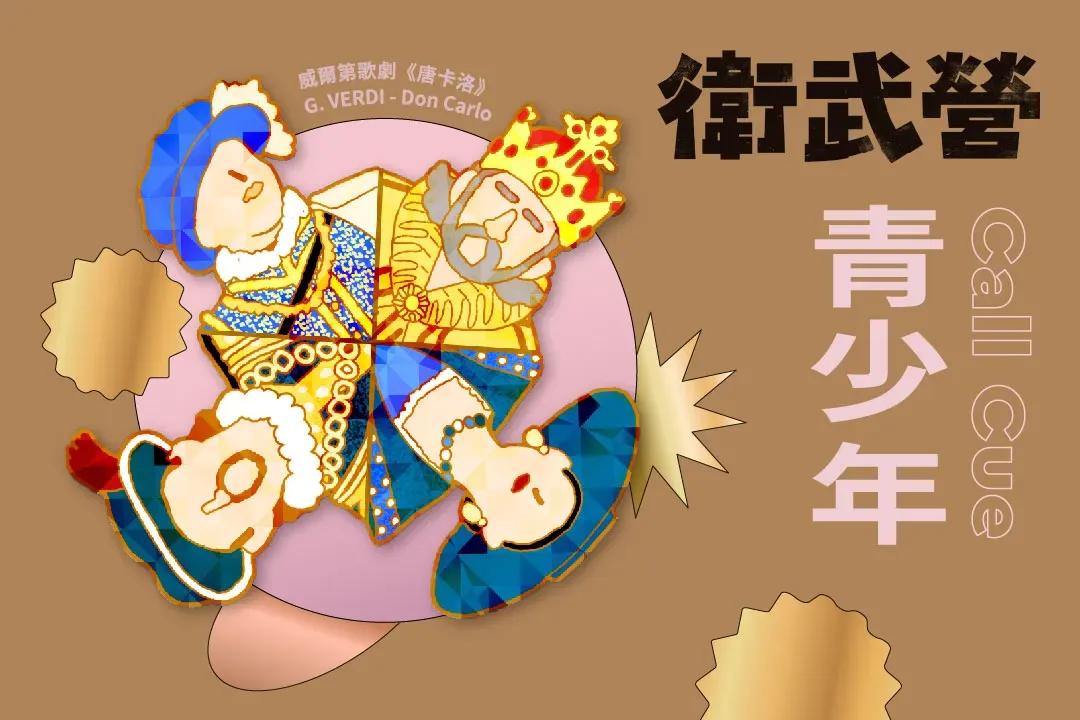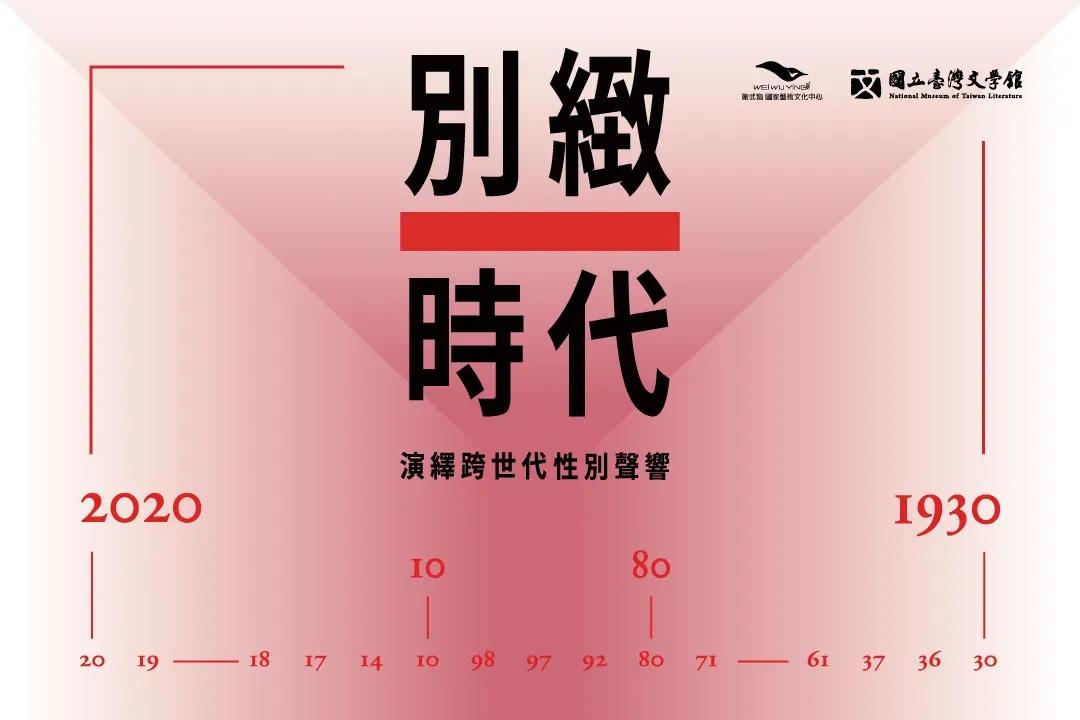January|BEETHOVEN, the Life Fighter!
February|BEETHOVEN's symphonies: the Celebrated and the Obscure.
March|Guide for 24 Hours BEETHOVEN
Written by Stella Tsai
To truly embrace the "24 Hours BEETHOVEN" experience, understanding the life of the composer was considered crucial
The opening session, "BEETHOVEN, the life fighter!," led by classical music media figure HSING Tzu-ching, delved into BEETHOVEN's personality and the socio-cultural backdrop of his era. Reflecting GOETHE's portrayal, BEETHOVEN was described as a blend of innate grace and passion, contrasted with a fervent temperament. His compositions, notably the intense "Symphony No. 5" and the tranquil "Pastoral Symphony," served as reflections of his complex nature, weaving together elements of fervor and simplicity.
The second session, titled "BEETHOVEN's Symphonies: the Celebrated and the Obscure," featured Professor TSAI Yung-kai. It offered a look at various portraits of BEETHOVEN, tracing the development of his personal and professional life. Through an analysis of the origins and historical significance of BEETHOVEN's nine symphonies, Professor TSAI unveiled the composer's diverse facets, enriching the audience's understanding of his legacy.
The concluding part, "Guide for 24 Hours BEETHOVEN" by Pokey LIN from Jingo Records, segmented BEETHOVEN's extensive catalog into early, middle, and late periods. LIN not only situated BEETHOVEN's life and work within a broader context for the audience but also shared his strategy for a 24-hour BEETHOVEN immersion. He inspired fans to personalize their listening journey, aiming for a deep appreciation of BEETHOVEN's artistic brilliance.
Pioneer of Creative Freedom
BEETHOVEN's formative years coincided with the era of musical titans HAYDN and MOZART, a time when most musicians were in the service of the nobility, leading to the suppression of their creative instincts. The societal norms of the period made it difficult for artists to seek out creative independence. This struggle for artistic freedom is reminiscent of VIVALDI's departure from noble patronage to pursue his own compositional path, a choice that ultimately led to his demise in poverty on the streets of Vienna. Consequently, the music of this era was characterized by a sense of restraint, adhering to pleasant, elegant, and conventional styles, until BEETHOVEN burst onto the scene.
Traditional compositions of the time typically commenced with an orchestral introduction, paving the way for a soloist to join and ultimately conclude the piece with a demonstration of remarkable skill. BEETHOVEN, however, shattered this mold by treating the orchestra and soloists as equals, often starting with intricate decorative passages that challenged both the patience and expectations of his audience. He further defied traditional structures by fostering a competitive interplay among instruments, rather than pursuing a harmonious accompaniment.
BEETHOVEN's mastery in both piano performance and composition was beyond comparison. The "Moonlight Sonata" serves as a prime example; although its name was posthumously assigned, composing a piece imbued with such fantasy and ethereal qualities was a formidable challenge at the time. BEETHOVEN's departure from the artistic confines imposed by nobility, and his willingness to challenge the established norms, not only signified a milestone in the pursuit of creative freedom but also laid the groundwork for subsequent generations of musicians to explore a broader spectrum of imaginative and innovative possibilities.
The Versatility and Three Major Periods of BEETHOVEN's Music
BEETHOVEN is often remembered for his inspiring story of composing despite his hearing loss, which many use to define his musical style. However, BEETHOVEN's style was incredibly diverse, showing unique characteristics in different periods. Some of his works are not merely hidden gems but rather pieces that did not conform to what people expected of BEETHOVEN.
His early period includes works up to 1802, before he turned 32, which include his first and second symphonies. At 16, he moved to Vienna to study with HAYDN, and his compositions from this period still bear the influences of HAYDN and MOZART. By the age of 25, BEETHOVEN had established his musical reputation, but it was also when his tinnitus symptoms began. The second symphony, "Heiligenstadt Testament," reflects his mental state at the time, during which he even contemplated suicide. Thankfully, he bravely faced life, making this symphony both important and exceptional.
The middle period, from 1803 to 1814, during BEETHOVEN's 30s to 40s, saw the creation of his third to eighth symphonies. Professor TSAI Yung-kai believes that without the first and second symphonies, the third would not exist. For example, HAYDN typically arranged a minuet for the third movement of his symphonies, a mainstream practice at the time; BEETHOVEN, however, broke from tradition, such as extending sections of a minuet or replacing it with a scherzo to inject speed into elegant melodies. This innovative spirit was evident in his first and second symphonies and was further developed in the third symphony, "Eroica," which starts with a dramatic cello introduction, depicting the "hero" as vivid, humorous, and capable of dancing and enjoying life.
The late period, from 1815 to 1827, marked the creation of many of BEETHOVEN's significant works, such as the ninth symphony, "Choral," and the "Missa Solemnis." Unlike his earlier, more refined portraits, paintings by Joseph Karl STIELER from 1816 to 1818 show BEETHOVEN with disheveled hair and a weary expression, indicating his declining health. However, in 1820, STIELER's portrait of BEETHOVEN presented a different image: vibrant and with a piercing gaze, as if hoping to be remembered at his best.
The series "24 Hours BEETHOVEN" encompasses BEETHOVEN's 32 piano sonatas, 10 violin sonatas, 17 string quartets, and 7 piano trios. Arts Talk offers a view into how later generations perceive and interpret BEETHOVEN. Beyond the well-known stories of struggle and resilience, BEETHOVEN also had a playful, rebellious, and intriguing side, which can be deeply felt through his compositions.
Arts is a summary of life experiences.
Arts Talk is a project which gathers together renowned artists from different fields such as music, theater or movie domains for sharing their thought about art with the public, telling us how art can communicate and resonate with its audience.
Creative work is like an extension of every incident in one's life. The accumulation of your everyday experience, the moments when your imagination runs wild, and your persistent cultivation of hobbies can all be the sources of your inspiration, enabling you to write stories that recount your memories of life.
So why not do some brainstorming to see which part of your life, no matter how trivial it is, can be turned into a work of art?
Arts Talk gives you an opportunity to interact directly with art and brings wonderful surprises into your life!




